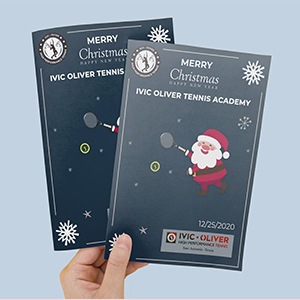Uncategorized
Flyer Design
Graphic design is the artistic profession, discipline and art form whose objective is in communicating visual communication designed to transmit certain messages to particular social groups, usually with specific purposes. The message conveyed by such graphic communication is intended to persuade the targeted audience to react in a way that is productive of the intended purpose. Graphic design can be visual or a text based, and either way they are produced and disseminated to communicate messages to potential customers, which in turn serve as feedback for designers. The effectiveness of any communication lies in the ability of the message to accurately describe a product, idea, or situation. Graphic design is an art that has evolved through time as a means of better communicating messages and promoting products and services. This art form has been around since at least the 12th century.
Designers need to be experts in the field of typography if they wish to succeed. The graphic designer needs to understand the relationship between typography, image selection and image viewing and their interactions. Graphic designers are also called upon to plan the layout of the page and include the effect of lighting on typography. In addition, graphic designers are often required to undertake user research and give input into the content of the website.
Some designers work in conjunction with writers and developers, while others work freelance and focus on graphic design only. Freelance graphic designers are typically self-employed, although there are many who work in firms, agencies and creative associations. Creative designers who work in design firms produce logos, web pages, advertising, brochures, and other visual communications that are meant to promote the product or service being presented. A person with a Master’s degree in Graphic design usually specializes in one particular area such as user research, print design, branding, color, film production, computer aided design, web design and sculpture. Most designers have an interest in one or more areas of these four areas.
User experience designers help provide intuitive usability experiences for online users through websites and products. They create interfaces that enhance the ease of use of a site and increase the visitor’s satisfaction of the experience. These designers must also be able to determine the appropriate interface for different audiences. Web design encompasses many elements of graphic design such as navigation, functionalities and visual appearance. It includes layout, images and color schemes and when used in conjunction with user experience designers can make websites, products and services much more effective.
Aesthetics play an important role in the success of any website, whether it is meant to promote a brand or simply inform and educational. Aesthetics designers make sure that the website has clean lines and is easy to navigate. In addition, they make sure that text is of a size that is readable and eye-catching. Color and photography play an important role in improving a user’s experience. Web designers make use of colors to draw the user’s attention to specific elements and they also use images in their layouts to create visual balance and harmony.
User experience design includes interaction design, user research and user experience testing. Interaction designers create interfaces and software components that are safe and secure enough for individuals to use without fear of harming themselves or others. They also create prototypes for future products that allow real consumers to experience the potential applications of a product. User research is the process of collecting and analyzing customer information to improve customer satisfaction. These professionals collect information on individual needs and preferences from everyday consumers. They then create prototypes of new products or applications that will allow these individuals to use them safely.
The big picture. All good designers know that the big picture does not always fit the small picture. Big ideas and concepts often lead to big plans but do not always translate into huge budgets. A graphic designer should be willing to put together a plan that includes art direction, typography, photography, illustrations and video. If budget is a constraining factor, then smaller projects can be handled alongside the major projects.
In order to thrive as designers, one needs to understand how to balance creativity with functionality. Many graphic designers lack usability skills because they focus too much on the typography or photography part of their design. It is important to connect with the audience. Graphic designers need to understand the needs and desires of their users to put together a successful project. When all of the pieces are working together, you get a powerful experience that makes a great first impression.

